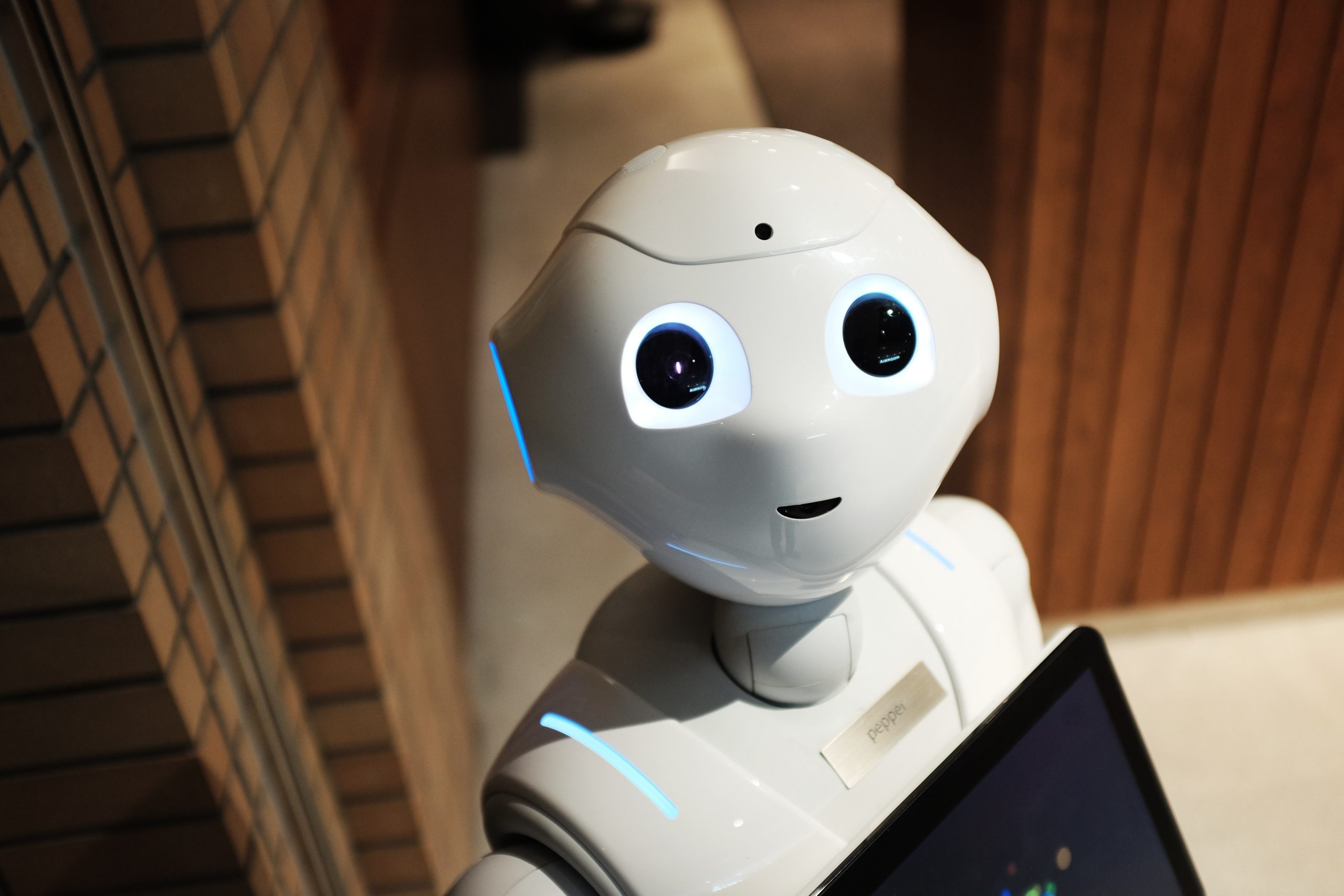Artificial Intelligence (AI) is becoming increasingly integrated into our daily lives. From virtual assistants like Siri and Alexa to self-driving cars, AI has made significant strides in recent years. While we may still be far from creating a true artificial general intelligence that can match or exceed human intelligence, the advancements in AI have been nothing short of remarkable.
In this article, we will explore some of the latest trends in AI research and development that are pushing the boundaries of what we thought was possible. We’ll take a look at how machine learning algorithms are being used to solve complex problems and how natural language processing is enabling machines to understand human language better than ever before.
The Rise of AI
Artificial Intelligence (AI) has been a buzzword in the tech industry for the past few years. It refers to computer systems designed to perform tasks that would typically require human intelligence, such as visual perception, speech recognition, decision-making, and language translation. AI is not new; it has been around since the 1950s. However, recent advancements in technology have made it possible to create AI systems with unprecedented capabilities.
One of the main drivers of the rise of AI is big data. The explosion of data generated by businesses and individuals globally has created an opportunity for machines to learn from this data and improve their performance over time. Machine learning algorithms are trained on vast amounts of data to recognize patterns and make predictions based on them. As more data becomes available, these algorithms become more accurate, leading to better outcomes.
Machine Learning
Machine learning is one of the fastest-growing fields in the world of technology. The advancements made in this field have been significant, and it has given rise to some exciting new trends in machine learning. One such trend is deep learning, which has revolutionized the way we approach artificial intelligence.
Another trend that has emerged recently is reinforcement learning, which involves training machines to make decisions based on feedback obtained from their environment. This technique has shown promise in areas such as robotics and game playing, where machines can learn how to perform complex tasks without explicit programming.
Finally, there is an increasing focus on explainable AI, which aims to make machine learning models more transparent and interpretable. As more industries begin to adopt these technologies, it becomes crucial for organizations to understand how they work and ensure that they are used ethically.
 Robotics and Automation
Robotics and Automation
In recent years, robotics and automation have transformed the way we live and work. From manufacturing to healthcare, these technologies are helping us do more with less, improving efficiency and productivity while reducing costs. In essence, robots have become a critical part of our lives.
One area where robots have made a significant impact is in manufacturing. With the use of advanced sensors and artificial intelligence (AI), robots can now perform tasks that were once impossible for humans. This includes assembling complex machinery, packaging products at high speeds, and even performing quality checks on products.
The benefits of robotics extend beyond just improved productivity. They can also help reduce labor costs by replacing human workers in dangerous or repetitive jobs. Additionally, as technology advances further, it’s likely that we’ll see many other industries adopt robotics as well – from construction to agriculture to transportation.
Natural Language Processing
Artificial Intelligence (AI) has come a long way in recent years, and one of the areas that have seen significant advancements in natural language processing (NLP). NLP refers to the ability of AI models to understand and interpret human language. It’s a critical aspect of conversational AI applications, such as chatbots, voice assistants, and customer service automation.
One of the latest trends in NLP is the emergence of pre-trained language models that allow for more efficient and effective training of downstream applications. These models enable developers to build custom solutions with minimal training data and fewer resources than was previously required. They can also help when it comes to keeping your website secure. Another trend is multilingual NLP, which focuses on creating AI models capable of understanding multiple languages simultaneously. This development is particularly useful for businesses operating in several countries or regions with diverse linguistic backgrounds. Furthermore, another emerging trend in NLP is explainable artificial intelligence.
In conclusion, the latest trends in artificial intelligence have opened up a world of possibilities beyond human intelligence. Machine learning, deep learning, and natural language processing are just some of the technologies that are transforming industries and making our lives easier. Although there are concerns about the ethical implications and potential job displacement, it is clear that AI is here to stay and will only continue to grow in importance. As we move forward with this technology, it is important to consider how we can use it for the greater good while minimizing any negative effects. Let us embrace AI and its potential for improving our world today and in the future.




